Description
1988 Dyno Detour
The 1988 Dyno Detour BMX bike represents a significant chapter in the timeline of BMX culture, embodying the vibrant, rebellious spirit of the late 1980s. Manufactured by Dyno, a brand synonymous with quality and innovation in the BMX arena, the Detour emerged at a time when the sport was rapidly gaining popularity and pushing the boundaries of design and performance. This particular model was strategically developed to cater to a growing demographic of riders who craved both aesthetic appeal and functionality in their bikes. 1988 Dyno Detour For Sale

One of the defining features of the 1988 Dyno Detour was its unique frame design, crafted to provide both strength and lightweight maneuverability. The geometry of the bike was carefully engineered to enable riders to perform tricks and stunts with confidence, setting it apart from other models available at the time. Bright color schemes and stickers further enhanced its visual appeal, making the Detour not just a mode of transport but a true fashion statement among youth riders. The manufacturer’s vision for the bike was clear: to create a model that was not only technically proficient but also resonated with the lifestyle and identity of the BMX community. 1988 Dyno Detour For Sale USA
As competition heated up in the BMX world, the 1988 Dyno Detour quickly became a highly sought-after bike among enthusiasts and casual riders alike. Its well-balanced construction coupled with standout aesthetics contributed to its desirability, elevating the Dyno brand’s status in the market. Consequently, the bike’s impact reverberated beyond mere technical specifications; it became an icon that many associated with the fun, freedom, and creativity inherent in BMX riding. The cultural significance of the 1988 Dyno Detour is a testament to its lasting legacy and influence in the sport of BMX. 1988 Dyno Detour for Sale Online
Design and Features of the Dyno Detour
The 1988 Dyno Detour BMX bike is distinguished by its thoughtful engineering and vibrant design, which collectively contribute to its reputation as a versatile and performance-oriented bicycle. At the core of its construction is a lightweight yet robust chromoly frame, designed to withstand the rigors of both casual riding and competitive racing. The meticulously engineered geometry of this frame not only enhances stability but also ensures that riders maintain optimal control during rides, whether on smooth pavements or rugged terrains. 1988 Dyno Detour For Sale In Germany
One notable feature of the Dyno Detour is its wheel size, which typically measures 20 inches. This size strikes an ideal balance between agility and speed, crucial for BMX riders who require quick maneuverability. The bike is equipped with high-quality alloy rims that complement the overall aesthetic while also improving durability and performance during jumps and tricks. Moreover, the tires are designed for various terrains, providing ample grip and control, making the bike suitable for diverse riding conditions.
The braking system of the Dyno Detour further exemplifies its design prowess. Incorporating front and rear U-brakes, the bike offers reliable stopping power—essential for safety and control, especially in competitive environments. It ensures that riders can confidently execute stunts and navigate through tight spaces without fear of compromising their performance. Additionally, the bike features streamlined components such as precision-engineered crank sets and lightweight pedals, contributing to the overall efficiency of energy transfer while riding.
In terms of aesthetics, the Dyno Detour comes in an array of vibrant colors and graphics, appealing to a broad range of riders and enhancing its visual impact. This attention to design not only prioritizes performance but also reflects the culture and style associated with BMX riding, making it a truly iconic model in the BMX community.
Cultural Significance and Popularity
The Dyno Detour BMX bike emerged as a defining icon within the BMX community during the late 1980s. Its distinctive design and vibrant colors captured the imaginations of young riders and enthusiasts, marking it as a favorite among those who wished to express their style and individuality. The bike’s innovative features, such as its lightweight frame and responsive handling, made it a popular choice for street and freestyle riding, which were gaining momentum as burgeoning subcultures during this era.
Media portrayal of the Dyno Detour played a crucial role in solidifying its cultural significance. The bike frequently appeared in BMX magazines, skateboarding films, and even television shows, elevating its status among youth. Riders would often be seen performing tricks and daring stunts, further showcasing the bike’s capabilities and thrilling potential. Such exposure contributed to an increasing fascination with BMX as a legitimate sport, drawing in a more extensive audience eager to adopt the lifestyle associated with it.
Competition also fueled the Dyno Detour’s popularity, as many top riders at the time preferred this model for various BMX events. Its presence in races and competitions established a strong rapport between the bike and successful athletes, enhancing its prestige. Prominent riders like Matt Hoffman and others often showcased their skills aboard the Dyno Detour, highlighting how the bike shaped their performances and influenced budding riders across the nation. This connection reinforced the notion that owning a Dyno Detour was not just about practicality but also about aligning oneself with the BMX culture.
Through these multifaceted representations in media and the BMX competition circuit, the Dyno Detour became more than just a bike; it became a symbol of a thriving youth culture. Its impact during the late 80s continues to resonate today, serving as a testament to the timeless appeal of this iconic BMX bike.
Legacy and Collectibility Today
The 1988 Dyno Detour BMX bike has established itself as a significant emblem of BMX culture and design from the late 20th century. Its legacy is underscored by the bike’s unique combination of aesthetics and performance, which captured the essence of an era characterized by vibrant designs and innovative engineering. Today, the Dyno Detour is not merely a functional bicycle; it represents a nostalgic piece of history, making it highly coveted among vintage BMX enthusiasts and serious collectors alike.
The current collector’s market for BMX bikes shows a pronounced interest in models like the Dyno Detour. Auction prices have seen substantial appreciation, with pristine examples frequently fetching thousands of dollars. Factors contributing to the bike’s collectibility include its distinctive color schemes, limited production runs, and the emblematic status it holds within the BMX community. Collectors often covet not just the bike itself, but the stories and memories associated with it, reinforcing its significance as a cultural artifact.
Moreover, the importance of preserving BMX history can hardly be overstated, and models like the Dyno Detour play a crucial role in this endeavor. As BMX continues to evolve, the presence of legacy bikes serves as an educational component for new generations of riders, highlighting the sport’s roots and technological advancements. Consequently, vintage models are often showcased at events, exhibitions, and online platforms dedicated to BMX culture, where both seasoned enthusiasts and novices can appreciate their historical context.
In conclusion, the 1988 Dyno Detour BMX bike remains a timeless classic, bridging the gap between past and present. Its enduring legacy, coupled with its status in today’s collector’s market, underscores the importance of preserving BMX history for future generations of riders and enthusiasts.
Conclusion
The enduring appeal of vintage BMX bikes, specifically the 1988 Dyno Detour, is a testament to their rich heritage and cultural significance. These bicycles not only represent a nostalgic era in cycling history but also highlight the evolution of design and performance that has shaped contemporary BMX riding. For many enthusiasts, the Dyno Detour serves as a gateway to understanding the roots of BMX culture, inspiring a new generation of riders to appreciate both the aesthetic and functional qualities of classic bikes.

One of the most compelling aspects of vintage BMX bikes, including the Dyno Detour, is their impact on community and camaraderie among riders. This bike fosters connections among enthusiasts who share a passion for preservation and restoration, while also encouraging new riders to engage with the sport’s history. The presence of vintage bikes at BMX events and gatherings sparks conversations about techniques, tricks, and the stories behind each model, creating a rich tapestry of shared experiences that transcends time.
Furthermore, the unique designs and craftsmanship of bikes like the 1988 Dyno Detour evoke a sense of pride among collectors and riders alike. Each ride offers not just the thrill of sport but also a tangible link to the past, reminding us of the individuals and innovations that have contributed to the BMX landscape today. As more individuals rediscover the charm of vintage BMX bikes, there is an increasing appreciation for their significance in fostering community and promoting active lifestyles.
In conclusion, the allure of the 1988 Dyno Detour and other vintage BMX bikes lies in their ability to bridge generations of riders, encouraging enthusiasts to explore and engage with the heritage of BMX culture. Whether through riding, collecting, or simply learning about these classic models, individuals are invited to immerse themselves in a vibrant world that celebrates both history and innovation.

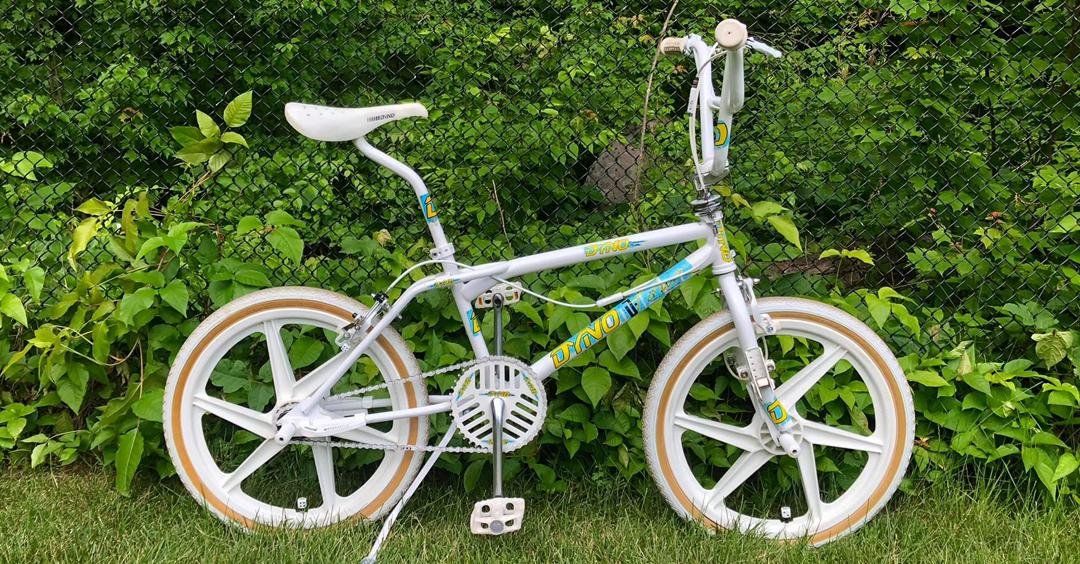
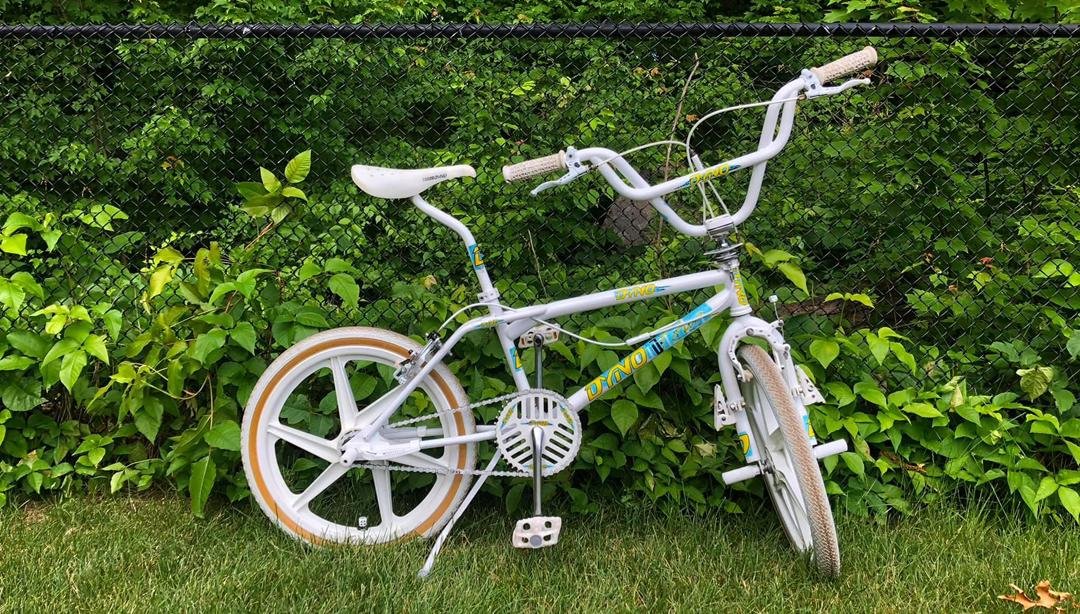
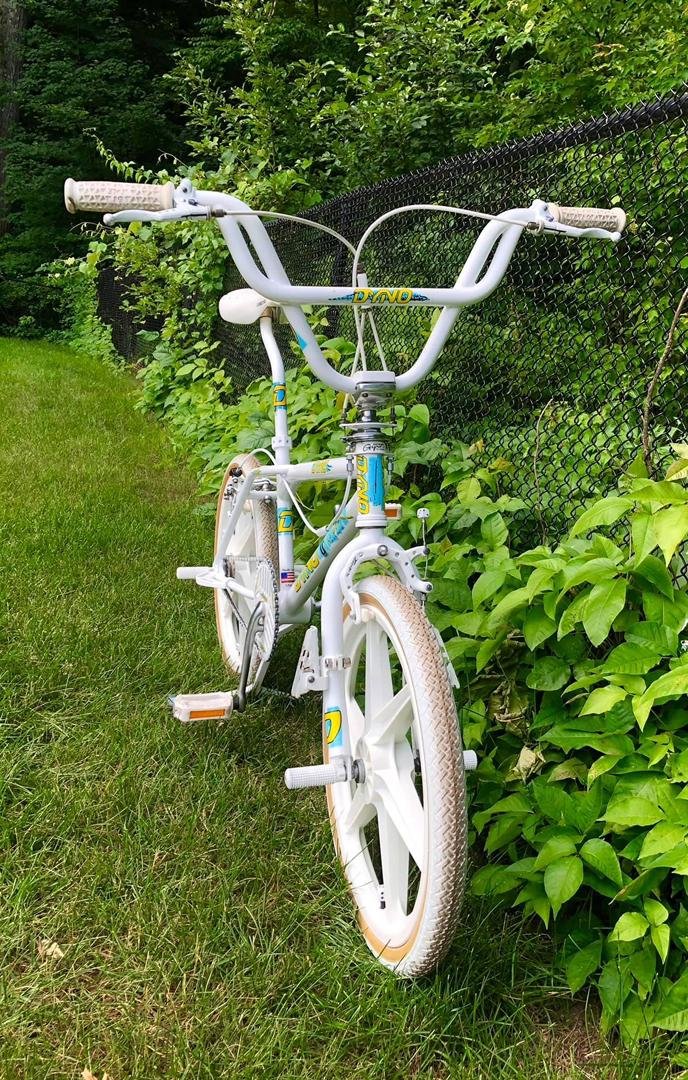
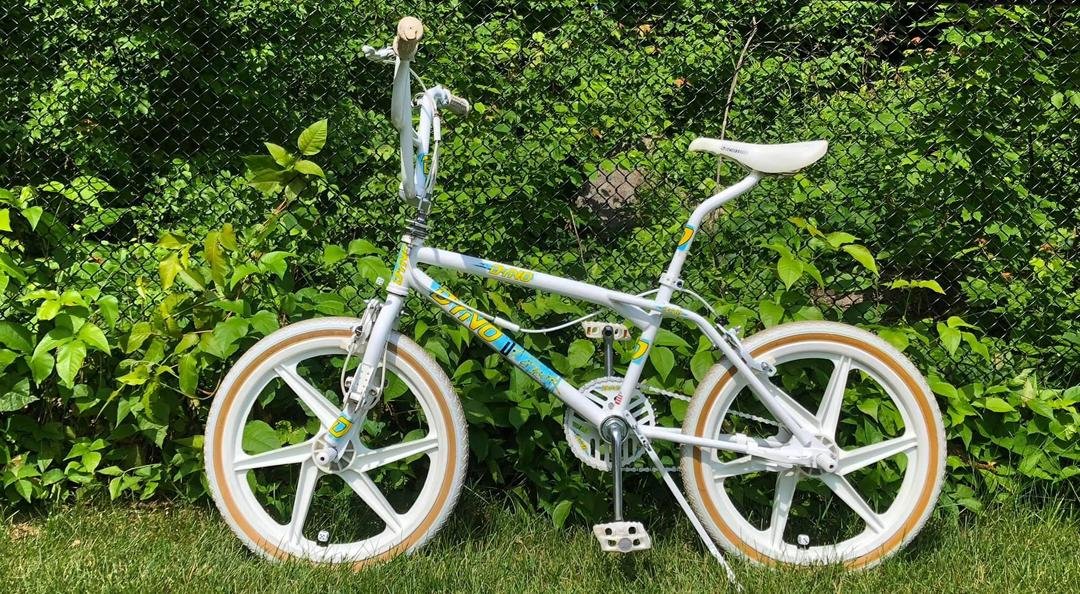
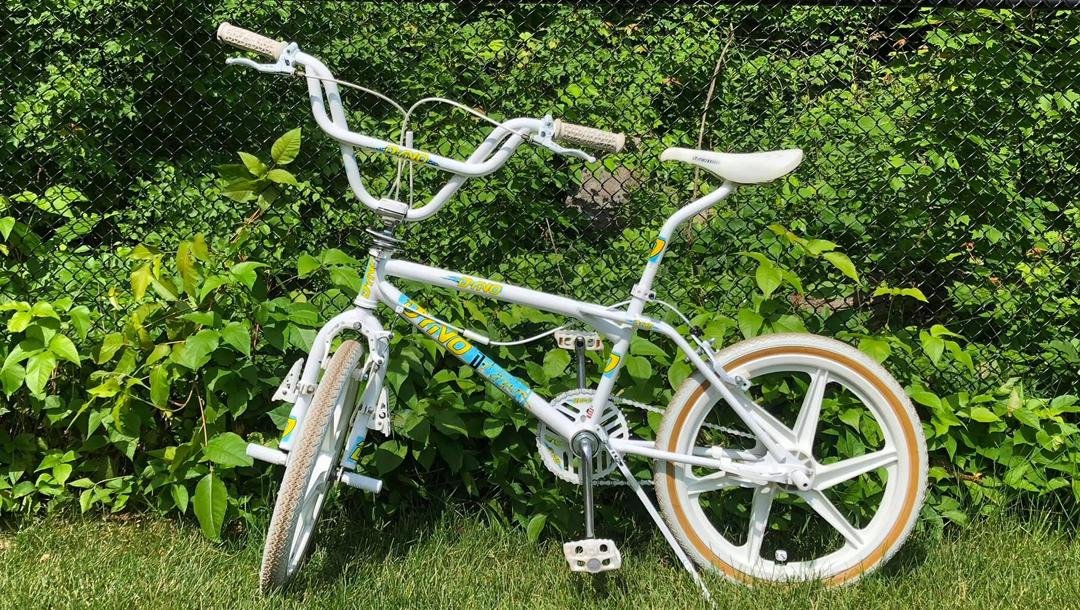
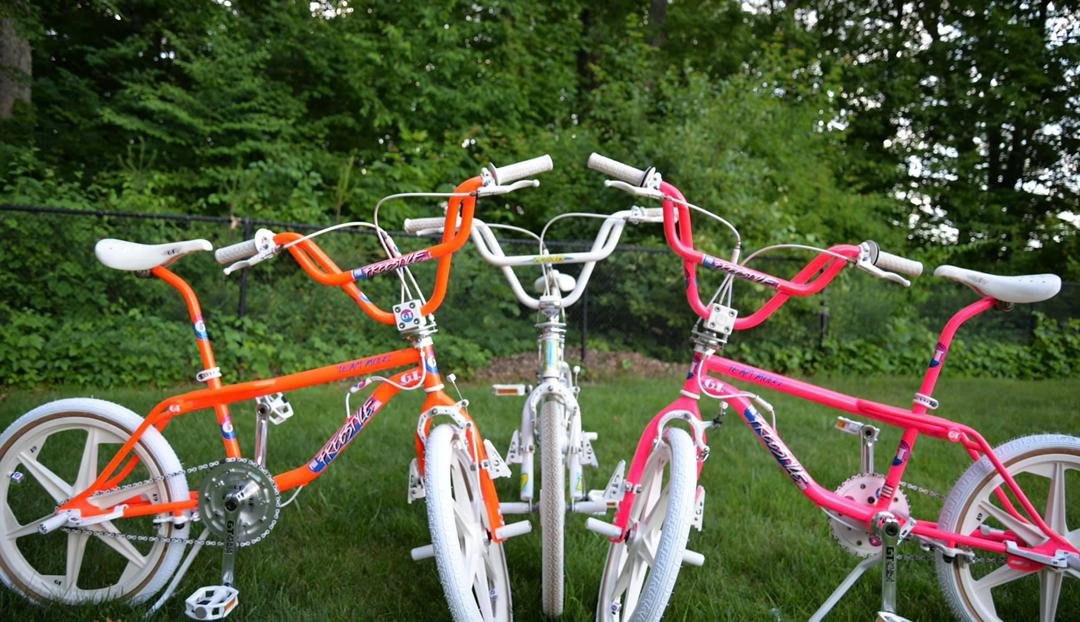
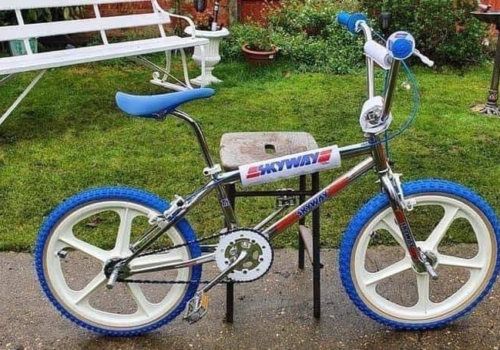


11 reviews for 1988 Dyno Detour G
There are no reviews yet.